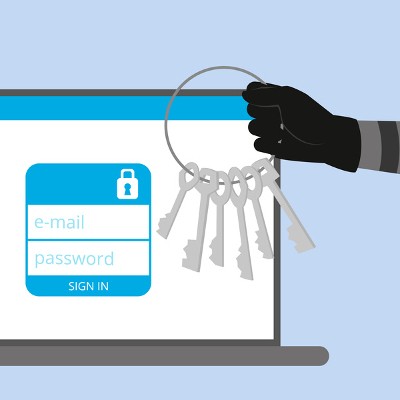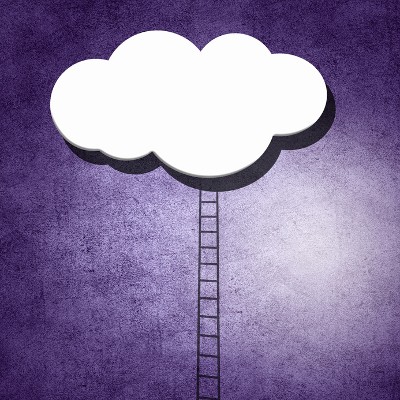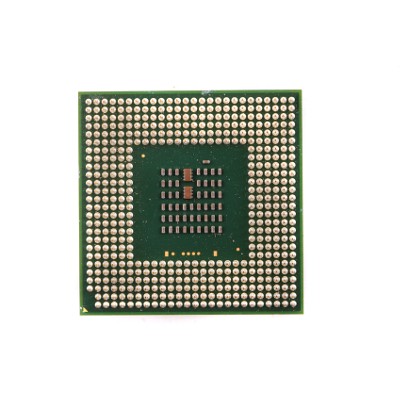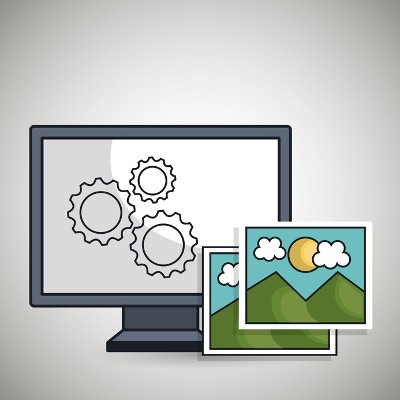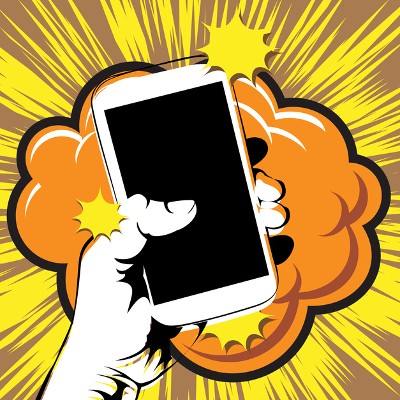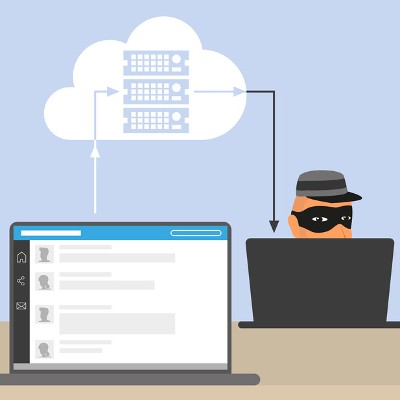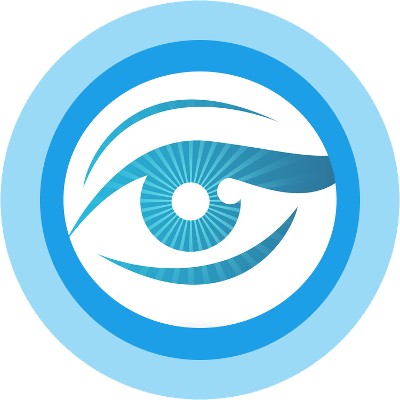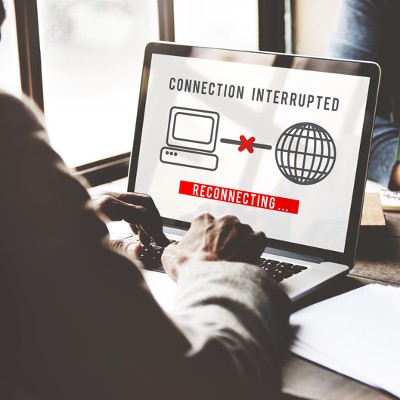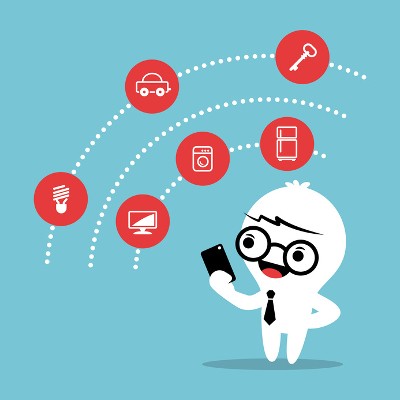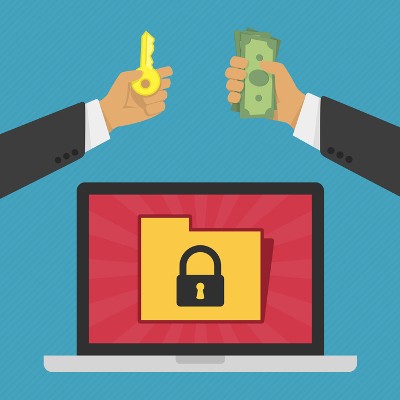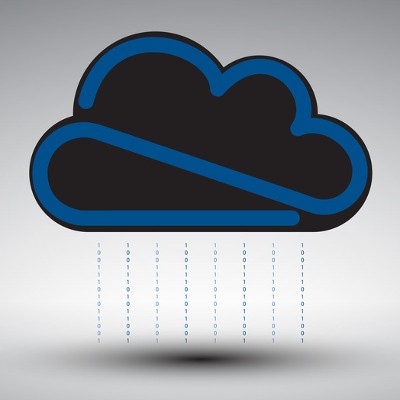Ferrum Technology Services Blog
If you’re the CEO of a mass media organization, you should know intimately well how brutal a hacking attack could be for your reputation. This happened to Tim Armstrong, the CEO of AOL. His Twitter account was posting 20 spam-filled tweets every second. As you can imagine, this is a problem for any business that wants to take itself seriously.
Believe it or not, there’s more news in Washington D.C. than matters concerning the upcoming election--namely the fact that the Library of Congress was struck by a DoS (Denial of Service) attack in July, supporting the members of government in their calls for an apparently much-needed update to the Library’s systems.
Making the move to the cloud is far from an easy task. You need a process that’s tailored specifically for your organization, and one which is open to adaptation. If your plans are foiled by unexpected complications, it can be difficult to keep on track, and your cloud’s migration could become a nightmare.
The search for the perfect way to handle a data loss disaster has led many businesses to implement data backup and disaster recovery solutions, but the most challenging part of doing so is finding a solution that can minimize data loss and recovery time. Furthermore, there’s a specific need to understand the difference between data backup and disaster recovery, as the two are certainly not the same thing.
Thanks to modern office technology, traditional office barriers that held businesses back are being brought down. With the right technology solutions, workers can work at any time from any location. This has led many employers to consider hiring remote workers due to the ability to bypass the restraints of geographical locations. Yet, just because you can hire anyone for a remote position doesn’t mean that you should.
Renowned tech company Intel has announced their next line of laptop processors, but an unfortunate aside caused significant frustration amongst the IT market. Intel has broken from the tradition of releasing new processors each September which will be improved upon later. Instead, Intel has jumped the gun and released a new processor, rather than improve their Skylake processor from the previous year.
The processor has been named Kaby Lake, which is optimized for 4K video handling and editing and can improve battery life. However, it’s not these changes that have resulted in confusion; rather, it’s something as simple as a name change that has IT professionals up in arms. Prior to Intel’s most recent release, there were two lines of processors which were given the titles of Core i and Core M. The 'i' line of processors is the stronger of the two, while the M processors were reserved almost exclusively for tablets. The confusion came when the Core M processors were renamed to represent the 'i' series.
Keep in mind that there has been no change in the capabilities of the processors. The change is in name only. The difference can only be seen in the product numbers. What this means is that when someone is researching components for a workstation, they may accidentally purchase the wrong i7 processor (a significantly less powerful one). The only way they can really determine the change is by digging into the product’s specifications--which, if you’re not technically inclined, won’t mean anything.
This leads to our next point; while the average consumer may not notice a difference in performance, business owners want technology that meets the specific needs of their organization. Granted, this is assuming that a business owner has the time and resources available to research the available solutions. The problem here is that the average business owner probably doesn’t have this time available to them, and it takes much more than identifying the proper product number to make educated decisions about your IT infrastructure.
If your business doesn’t want to waste time sifting through product numbers and specifications, Ferrum Technology Services is happy to help. Our skilled technicians can help your organization procure only the best technical assets that are designed to meet your business’s specifications. To learn more, reach out to us at (847) 697-3282.
Samsung has put out a global recall on their Galaxy Note 7 devices and a moratorium on any being sold after reports of exploding batteries came in. This recall--which is being considered the highest-profile recall in the history of consumer technology--comes at one of the worst possible times for the company, as they had just managed to gain some momentum after a run of mediocre mobile growth.
There are countless threats out there that can mean danger for your business, but one of the most innovative to date utilizes a malicious Twitter account to administer commands to a botnet made up of infected Android devices. In fact, this is widely considered the first threat to actively use a social network in this manner, making it a wake-up call for security professionals and social media users alike.
For the busy business owner, getting work done while traveling is a way of life. Unfortunately, working on the go can be a disaster if you don’t properly prep your technology. Here are seven guidelines to make sure your technology is ready for your big trip.
Be sure to add these suggestions to your pre-trip checklist.
Voice assistants like Apple’s Siri and Google Now have become omnipresent on smartphones and other devices, and Microsoft’s Cortana is hoping to capitalize on their popularity. However, Windows 10’s anniversary update has not been kind to the voice assistant, and actually makes it somewhat of a security issue to use on your Windows 10 devices.
Throughout your journey through the business world, you may have heard rumors, hushed whispers of a deep, dark world beneath the surface of the Internet. Well, it’s real, and it’s known as a hotbed of corruption, where hackers can sell stolen credentials and personal records. However, contrary to popular belief, the Dark Web isn’t as mysterious as it’s made out to be.
You may have heard of the Chromebook. It’s an inexpensive alternative to a laptop that allows for web browsing over an Internet connection, using Google’s own Chrome OS. The problem isn’t its functionality--rather, its lack of functionality when it’s not connected to the Internet. Thankfully, with a couple of apps, you can take advantage of some of the Chromebook’s more dynamic features, even when you’re not connected to the Internet.
Multitasking is no easy thing for a human being to do, no matter what anyone says--our brains simply are not wired to focus on more than one task at a time. To resolve this dilemma, there are apps that will automatically carry out an action if triggered by a user completing some other action. These are called automation apps, and they are becoming extraordinarily useful in today’s dynamic workplace.
Ransomware might be a relatively new player in the battle for the Internet, but its short history shouldn’t belittle the damage that it can do to both businesses and users of personal computers. Perhaps you’ve had the misfortune to encounter it for yourself, and your files were locked down because of it. Regardless, ransomware is now a prevalent part of the online crime scene, and people are using it to extort money from innocent users, making it a considerable threat.
Tracking metrics is a major part of today’s business world. Many organizations use time-tracking software and other KPIs to ensure that their team is working at maximum efficiency, all day every day. Yet, some organizations are so bent on doing so that they’ve forgotten to ask the question of whether they should be doing all of this.


